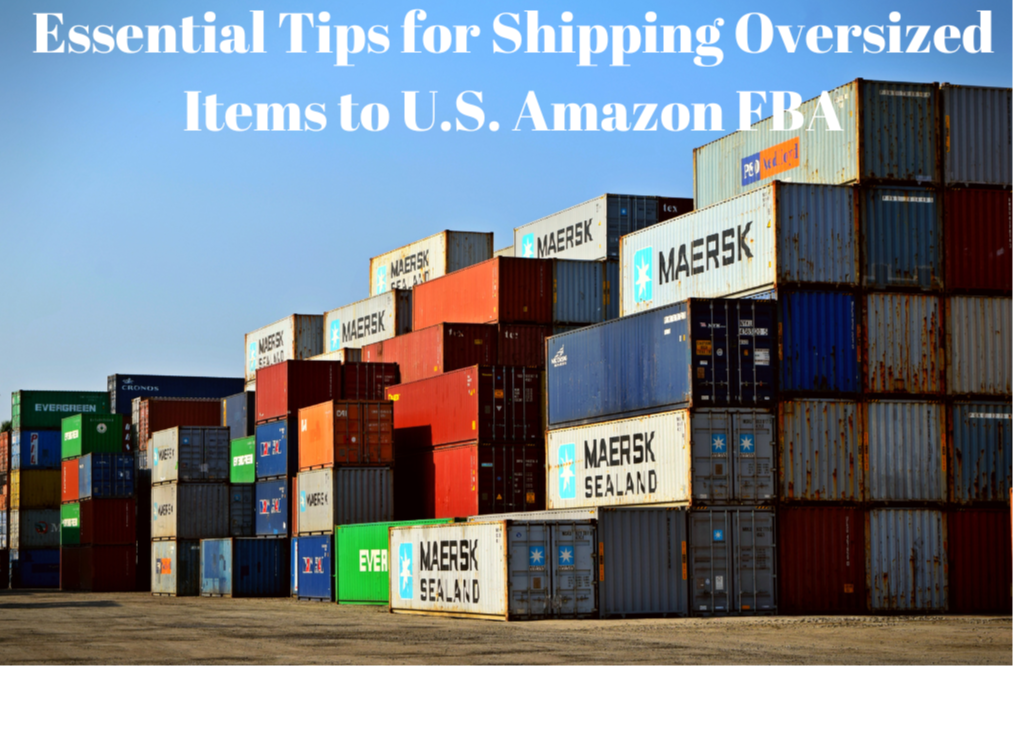FBA LCL Quote
FBA 40HQ FCL Quote
What Are Terminal Handling Charges (THC)?
Terminal Handling Charges (THC) are fees charged by terminal operators for handling containers at ports of origin and destination. These charges are integral to covering a variety of operational costs associated with loading, unloading, storing, and moving containers within the terminal premises. They ensure the ports can maintain the infrastructure, equipment, and workforce necessary to manage cargo efficiently.
Components of Terminal Handling Charges
THC encompasses a wide range of services provided by the terminal operators:
1. Loading and Unloading: The physical movement of containers onto and off ships.
2. Storage: Temporary storage of containers within the terminal before departure or after arrival.
3. Documentation: The necessary paperwork for each shipment.
4. Security: Safeguarding the goods while at the terminal.
5. Maintenance: Upkeep of terminal facilities and equipment.
6. Labor: Costs associated with workers involved in handling cargo.
Importance of THC in the Shipping Industry
THC is a critical component of international shipping costs, significantly influencing total shipping expenses. These charges vary significantly between ports and can impact the overall logistics budget for both exporters and importers. Understanding these fees helps shippers plan better and avoid unexpected costs, thereby ensuring a more sustainable and predictable shipping process.
Types of Terminal Handling Charges
THC can be divided into three primary categories:
1. Origin Terminal Handling Charges (OTHC): These are fees paid at the port where goods are loaded onto the ship. OTHC covers loading, maintenance, storage, and documentation until the container is loaded onto the vessel.
2. Destination Terminal Handling Charges (DTHC): Fees charged at the port where the goods are unloaded. DTHC includes unloading, transportation within the terminal, and any necessary storage.
3. Transshipment Terminal Handling Charges (TTHC): Applied when goods are transferred from one vessel to another during transit. TTHC covers unloading, storage, and reloading at the transshipment port.
How Are Terminal Handling Charges Calculated?
THC calculation methods can vary depending on the terminal and the specifics of the cargo. The charges are usually based on either the weight or the volume of goods, or on the size of the container (e.g., 20-foot or 40-foot containers). For full container loads (FCL), the THC might be a fixed rate per container, whereas for less than container loads (LCL), the charges could be calculated based on the shipment’s weight or cubic volume.
Factors That Influence THC
Several factors determine the amount of THC:
1. Local Charges: Different ports have varying operational costs which influence the THC.
2. Cargo Type: Special cargo like hazardous materials or refrigerated goods may attract higher THC due to additional handling requirements.
3. Terminal Policies: Each terminal’s unique policies and technology can impact THC.
4. Port Location: Geographic and economic conditions at the port location can cause variation in THC rates.
Difference Between Wharfage and THC
It's important to differentiate THC from wharfage. Wharfage is a fee for using the wharf to load or unload cargo, calculated based on the shipment’s volume or value. THC, however, covers the broader handling services within the terminal, including storage and movement of containers.
Who Pays for THC?
Typically, the consignor (exporter) pays the THC at the origin port, and the consignee (importer) pays at the destination port. However, these responsibilities can be negotiated and specified in the sales contract. The Bill of Lading (BOL) often denotes these agreements, ensuring clarity between parties.
Impact and Management of THC
Understanding and managing THC is essential for optimizing shipping costs. Businesses can take several steps to mitigate these expenses:
1. Shipment Consolidation: Combining multiple smaller shipments into one larger container can reduce the number of containers handled, thereby lowering THC.
2. Port Selection: Choosing ports with lower THC rates can lead to significant cost savings.
3. Negotiation: Engaging with carriers to negotiate better THC rates based on shipping volumes.
4. Use of Shipper-Owned Containers (SOCs): SOCs can help avoid additional charges and provide more control over the shipping process.



